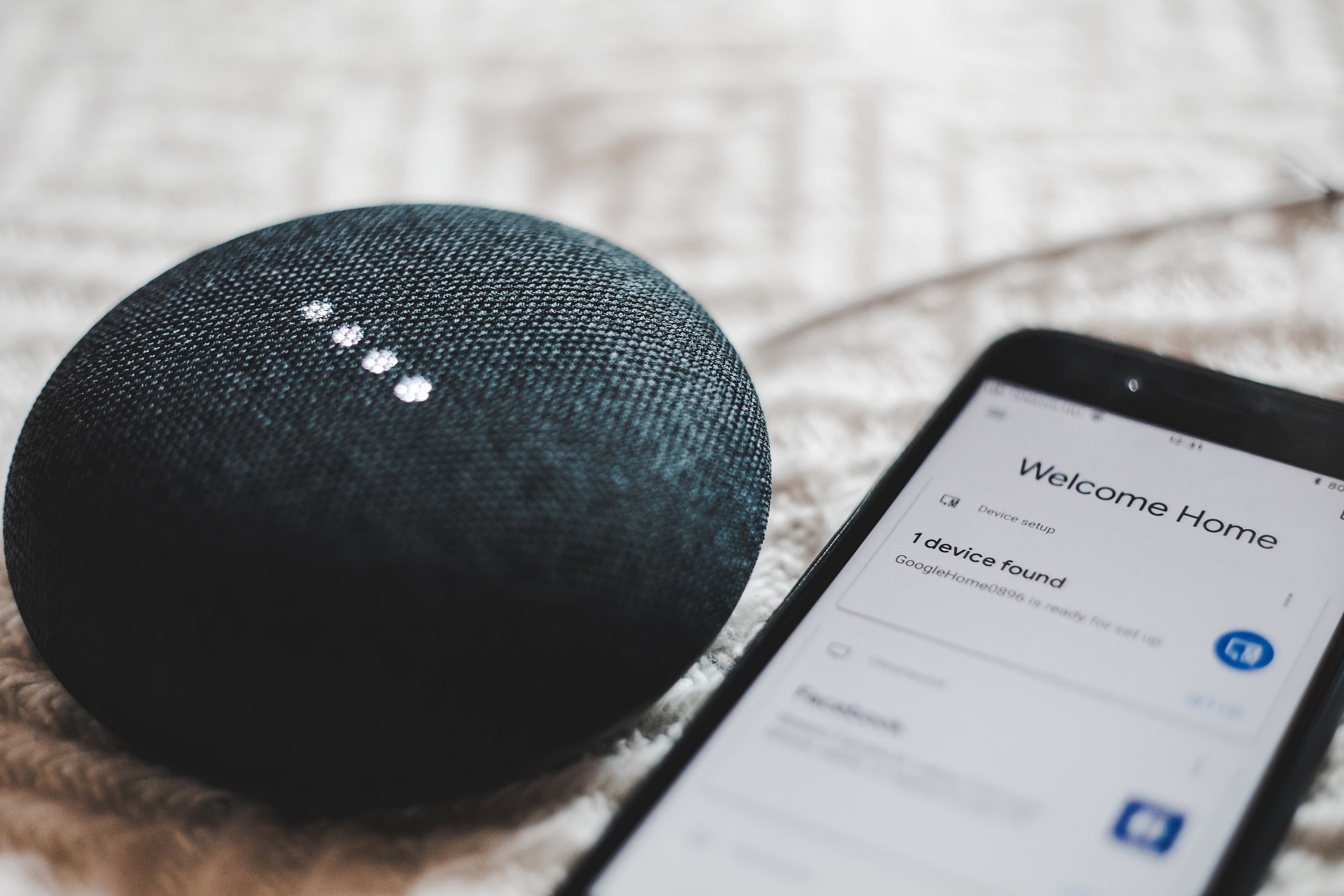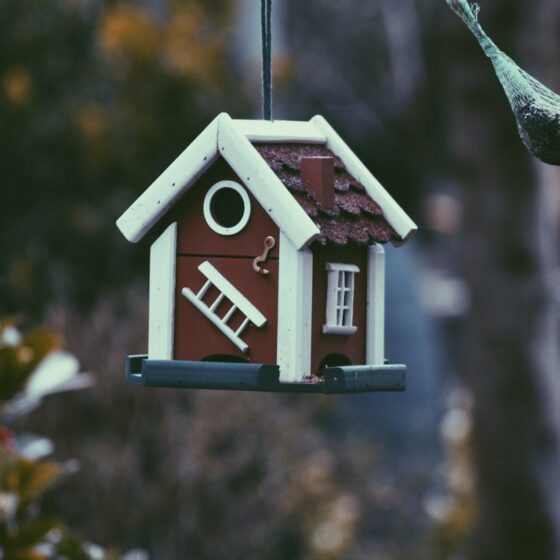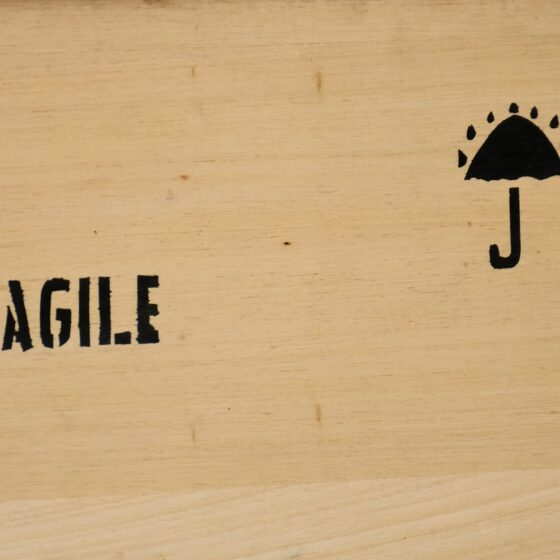Do you ever wonder if you’ve left an appliance on at home? Do you double-check if you’ve turned off all the lights? With smart homes, these worries will be a thing of the past. An increasing number of people, smart home statistics show, enjoy the benefits of home automation devices—like easy and remote access to all their appliances and more.
And why shouldn’t they? Who wouldn’t want cutting-edge gadgets in their home doing most of the work? Or a security system ensuring that their family has the best protection possible?
However, before you say yes to a smart home, check all the facts and stats to confirm that home automation is the right choice for you.
Key Home Automation Statistics to Help You Get Your Home in Order
- There are an estimated 175 million smart homes in the world.
- The US is expected to have 63 million connected homes by 2022.
- The worldwide connected home market is projected to grow at a CAGR of 25% from 2020 to 2025.
- Amazon holds the biggest market share in smart speakers and will keep its position through 2022.
- 86% of millennials would pay more for a connected home.
- Smart heating and cooling systems can save smart home users 50% in energy use.
- 63% of those surveyed want their smart home to have smart security systems.
- Smart home statistics in the USA show an estimated 35% of US broadband households dealt with a data security issue last year.
- 40.8% of smart homes have at least one device vulnerable to cyber attacks that put the whole home in danger.
- It costs people between $970 and $3,310 to make their home a smart one.
Global Home Automation Industry Statistics
In this section, we‘ll be looking at the number of smart homes globally, as well as other interesting facts and statistics to do with smart homes throughout the world.
1. There are an estimated 175 million smart homes in the world.
(Statista, Investopedia)
A smart home is defined as a modern home where the appliances and devices can be controlled remotely by the owner, usually through a mobile app. Devices and smart home appliances can also be connected to other smart devices in the house, making smart home technology super easy and convenient.
2. The US has the greatest number of smart homes.
(Statista, The Ambient)
With a penetration rate of 32.4% and an estimated total of 41.3 million smart homes, smart home popularity statistics show Americans favor home automation devices more than other nations. Second in line in terms of smart home penetration rates is China. There were “only” 19.5 million smart houses there in 2018, but this is a staggering 48.1% increase from the previous year, showing that the Chinese smart home market is just warming up. Further demographics of smart homes will be seen in the coming years as we get to know this segment a little more.
3. There were 22.5 million smart homes in Europe by the end of 2017.
(CITyFiED)
The European market isn’t lagging behind either when it comes to the Internet of Things, smart home growth statistics indicate. The number of connected homes in Europe is expected to reach 84 million by 2022, with Germany, the UK, and France pushing the market forward.
4. The US is expected to have 63 million connected homes by 2022.
(Time, Statista)
If you’re wondering how many homes have smart devices, this is the answer you’re looking for. The smart home market is growing at an incredibly fast pace. The number of AI-centric houses in the world is expected to surpass the 300 million mark by 2024, 375.3 million to be exact.
Home Automation Market Statistics
Here, we’ll be looking at the smart homes market and the industry as a whole.
5. The global smart home market has generated $90.97 billion in revenue so far this year.
(Statista)
Future technological advances are expected to boost revenue in the smart home industry. The US market alone is expected to grow at a 14.3% rate (2020–2024), reaching approximately $47.12 billion in four years, according to smart appliance statistics on sales and revenue in the smart technology homeware sector.
6. The worldwide connected home market is projected to grow at a CAGR of 25% from 2020 to 2025.
(Mordor Intelligence)
Analysts and smart home facts note that the growing emphasis on security, as well as wireless innovation and advancement in the internet of things (IoT), will drive the market forward at an astonishing growth rate.
7. Most of the revenue from the global home automation market is generated in the US.
(Statista, Security Sales & Integration)
With revenue going up, North America will account for 40% of the global market of consumer spending on smart home systems by 2023. China is ranked second with a revenue of $20.8 billion, followed by Germany and the UK, according to smart home statistics from the UK and Germany. Japan rounds off the top five with almost $4.7 billion in revenue from smart home technology in 2020.
8. Amazon holds the biggest market share in smart speakers and will keep its position through 2022.
(Digital Trends, Android Central)
Even though its share has dropped from 72.9% in 2018 to 69.7% in 2019, Amazon still leads the pack—way ahead of Google and the other companies on the market.
Smart Home Demographics
In this section, we’ll be looking at the types of people who have smart homes and make use of home automation.
9. A 2016 survey reports that 45% of Americans already owned or planned to buy smart home technology.
(Marketing Charts)
Of smart home users, millennials make up the majority (44%), followed by Gen Xers, who account for 33% of the Americans who currently own smart tech in their homes.
10. 86% of millennials would pay more for a connected home.
(HIVE, Real Estate Express)
Millennials—the generation that grew up with technology—are unsurprisingly the most enthusiastic about smart house technology. In fact, most of them are willing to pay 20% more for a home with smart devices, smart home statistics state. However, as Gen Zers come of age and start buying homes, smart home adoption will likely grow at an even faster rate.
11. 8.2 million baby boomers owned smart speakers in 2018.
(Statista, Datafloq, HIVE)
Smart home technology isn’t just for the younger generations. Many products and services cater to the needs of the elderly, from smart pillboxes to fall detectors and voice-activated appliances.
As healthcare becomes more accessible to seniors thanks to home automation systems, statistics unsurprisingly reveal that 65% of boomers are willing to spend more money on smart devices for the home and garden (and baby boomers are more likely to do some gardening than other generations).
12. More men own smart home systems than women.
(Marketing Charts)
Boys will always love their toys. According to the responses in this 2016 survey, 57% of those who adopted smart home technology were male, as opposed to 43% of women.
Advantages of Smart Homes
What are the benefits of smart homes? Here, we’ll be looking at the various advantages of using technology in your home.
13. 57% of the people who use smart devices say they save time.
(Frontier)
Furthermore, 45% say that smart home tech helps them save money. Still, one of the top reasons why people invest in home automation is security, judging by the smart home security statistics. 72% of respondents say that their home feels safer after installing a smart security system.
14. Smart security systems cut down home insurance rates.
(Livewire)
Some insurance companies will reduce premiums by almost 20% for homes that have home automated security systems installed. Considering that an annual home insurance cost in the US is around $1,083 on average, you might save about $200 a year.
15. Smart heating and cooling systems can save smart home users 50% in energy use.
(TiO Home)
Lighting systems also contribute to energy savings, but it’s smart thermostats that are the most energy-efficient, smart home energy usage statistics indicate. In fact, some smart climate systems, like Nest, pay for themselves in less than two years.
16. 54% of homeowners believe that installing smart home systems will make the house sell faster.
(VentureBeat, TiO Home)
Smart gadgets add to a property’s resale value, as well-informed homeowners know. What’s more, buyers prefer to have smart tech already installed before they buy the home. 81% of smart home device owners in the US are more likely to be interested in purchasing a connected home if the devices had been previously installed.
Smart Home Market Segments: Stats and Facts
In this section, we’ll be looking more closely at the smart home market segments.
17. According to home automation system statistics, 44% of smart homes include smart entertainment systems.
(Marketing Charts)
Smart TVs and speaker systems are the most popular type of smart home tech incorporated in homes. Next in line are intelligent security systems (31% of connected homes have these installed) and smart thermostats (30%).
18. 63% of those surveyed want their smart home to have smart security systems.
(VentureBeat)
Another 63% stated that their preferred feature in a connected home would be smart thermostats and fans. And 58% want smart lighting systems in their home, the smart home installation statistics inform.
19. By 2023, home monitoring and security systems will have a 22.6% share of the smart-home market.
(Time)
Smart speakers are projected to get a market share of 15.4%, while smart lighting systems are not far behind with 11.8% of the smart-home market.
20. Smart home users are expected to spend around $19.4 billion on security systems in 2020.
(Security Sales & Integration)
This amount is forecast to nearly double by 2024 to $35.6 billion spent on smart security systems, primarily cameras and smart locks, the two most popular products in this segment.
21. Looking at the devices in a smart home monitoring energy use, statistics indicate that this segment of the market is expected to generate $12.4 billion in three years’ time.
(Security Sales & Integration, Allied Market Research)
The global smart thermostat market is also projected to go up. Estimated at $1.36 billion in 2018, the market value of this segment should increase at a CAGR of 26% from 2019 to 2026.
22. The global smart kitchen market is expanding fast, smart home technology statistics indicate.
(Statista, Forbes)
Valued at approximately $14.5 billion in 2019, the smart kitchen market is forecast to reach an incredible $43 billion by 2027. Not just bigger in market size, smart kitchens will become more intelligent, too. From smart ovens and smart fridges that can scan food and even make orders for themselves, there are endless possibilities of what smart home appliances in the kitchen can do.
Smart Home Breach Statistics
Of course, by introducing technology into the home, you may be opening yourself up to a whole new type of home invasion.
23. 40.8% of smart homes have at least one device vulnerable to cyber attacks that put the whole home in danger.
(Avast)
Despite numerous warnings about protecting your smart home from hackers and security breaches, more than 69% are still at risk due to weak access credentials, and 31.4% are in danger as a result of unpatched software vulnerabilities. People will have a number of smart home devices per household and not protect them… this needs to change.
24. Printers are the most vulnerable devices in the home.
(Avast)
Along with network-attached storage devices and security cameras, these make up the three most easily hacked devices in the US, Canada, and Australia. Analysis of smart home hacking statistics indicates that due to the rising popularity of content streaming, media boxes will be the next big target for hackers.
25. An estimated 35% of US broadband households dealt with a data security issue last year.
(Medium, Business Insider)
The reality and seriousness of concerns regarding the safety of smart homes have convinced one in four consumers in six of the biggest markets not to purchase smart devices for the home.
Extra Interesting Facts About the Smart Home Industry
Here, we’ll be exploring some miscellaneous stats and facts about the smart home industry.
26. 56% of US adults feel comfortable with smart home technology.
(ZDNet)
What’s more, 61% of respondents who have a smart product stated they were so satisfied with it that they would buy another. Less than one in five, however, think that having one smart home device is enough. In coming years, we’ll likely see the popularity of smart homes increase as people become more comfortable with having the technology available to them in their homes.
27. Trust in smart home products seems to go to different extremes.
(Security Sales & Integration)
While one in five survey respondents said they would trust Alexa to babysit their kids, smart home statistics indicate that nearly 2 in 3 respondents believe that their smart devices are being used by businesses and the government to spy on them.
28. It costs people between $970 and $3,310 to make their home a smart one.
(HomeTechHacker, Statista)
Contrary to what people think, putting in a smart speaker or smart lock does not make a smart home. Going for the whole shebang—i.e., installing home control systems, smart lights, and energy and entertainment systems—can run up a big bill. As seen by the smart home statistics for 2020, Americans pay an average of $98.36 for their connected homes.
29. Smart devices are expected to become even smarter in the future.
(Forbes)
Although AI technology already uses machine learning to adjust behavior to the owner’s habits, we should see more of this in the future as devices start to learn, think, and even make decisions.
30. 5G technology is expected to revolutionize IoT services.
(World Economic Forum)
The IoT is what makes smart homes run, and with 5G technology, they will run even faster and offer more possibilities for consumers. If the smart home technology facts are to be trusted, 5G technology is projected to have 2.6 billion subscribers by 2025, putting the value of the annual global IoT market at a staggering $3.9–$11.1 trillion by 2025.
Bottom Line
Smart homes are comfortable, convenient, and safe—and let’s be honest, they look pretty cool too. Despite the numerous advantages of owning a smart home, the best part is probably the endless potential this technology has to offer. With the smart home statistics leading up to 2022, growth projections, and technological advances painting an exciting future, the sky’s the limit for connected homes. Who knows? Maybe a robotic maid won’t just live in our imaginations but become an integral part of our state-of-the-art, machine-operated homes.
FAQ
How many smart homes are there?
There are around 175 million individual smart homes throughout the world today. In addition, it was expected that 12.2% of households would be smart homes in 2021, while this rate will grow to 21.4% by 2025.
(Statista, Investopedia)
What percentage of homes are smart homes?
Based on the latest statistics, there were about 15 million smart homes in the US in 2016. This number represented 12.5% of all American households. It was estimated that the percentage of smart homes would grow considerably by 2021, reaching 28%.
(S&P Global)
How many people have a smart home device?
A 2019 survey showed that about 53% of Americans have a smart home device, and this number is just going to rise. About 33% of the respondents said they would buy an IoT home device in the next three years.
(Security Sales & Integration)
How much is the smart home industry worth?
In the US, consumers spent about $27.6 billion on smart home devices and services in 2020. On the global level, it’s estimated that revenue in the smart home market will amount to $141 billion by 2023.
(Statista)
How big is the smart home market?
It’s believed that the smart home market will steadily grow to become worth around $53.45 billion by 2022, according to smart home statistics.
(Statista)
Sources:
- Allied Market Research
- Android Central
- Avast
- Business Insider
- CITyFiED
- Datafloq
- Digital Trends
- Forbes
- Frontier
- HIVE
- HomeTechHacker
- Investopedia
- iPropertyManagement
- Livewire
- Marketing Charts
- Medium
- Mordor Intelligence
- Real Estate Express
- S&P Global
- Security Sales & Integration
- Security Sales & Integration
- Security Sales & Integration
- Statista
- Statista
- Statista
- Statista
- Statista
- Statista
- Statista
- Statista
- The Ambient
- Time
- TiO Home
- VentureBeat
- World Economic Forum
- ZDNe













